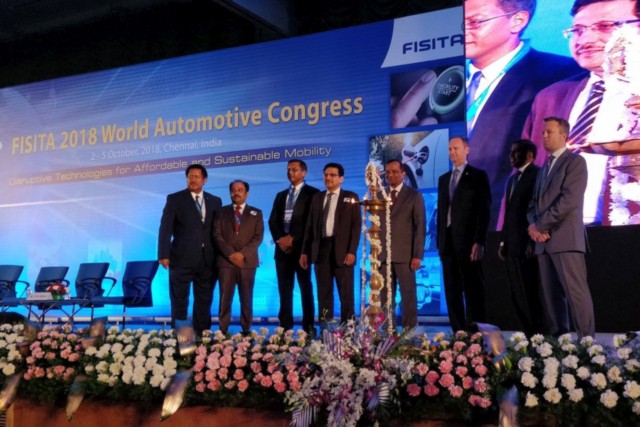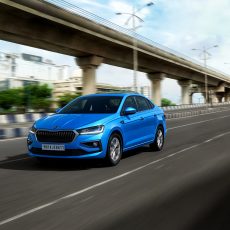
The 37th edition of the FISITA World Automotive Congress was held in India for the first time. With the theme of “Disruptive Technologies for Affordable and Sustainable Mobility”, several exhibits, discussions and debates had one clear focus – the way forward.
Story: Jim Gorde
Thinking out of the box is often encouraged, especially when looking for solutions to problems that weren’t there before. Getting a different perspective, however, isn’t always easy. I’m reminded of one example that pops up in my mind – “The deer isn’t crossing the road. The road is crossing the forest.” Such is humankind’s obsession with progress and expansion that we tend to forget what is really important, and at what cost our so-called progress is coming. We should not have a better present at the expense of the future. While there are several causes of the pollution we have today, automobiles have been a prominent topic of discussion. And the FISITA World Automotive Congress, kicking off in India for the very first time, had a slew of eye-opening sessions, both on the main stage and in the exhibition hall.
Taking centre stage were a number of dignitaries of the automotive industry, many of them making their way for the Congress from across the world. The discussions were primarily based on where the automotive industry is heading, with electrification, infrastructure, future mobility solutions and the question of whether the internal combustion (IC) engine is dead, being hot topics of discussion. Many interesting views were shared and opened up the floor for even further, more detailed discussion. Several points stood out. Among those were questions such as “Is environment friendliness customer-driven or purpose-driven?” and “Why do we need a 1,500-kg machine to carry a 75-kg person?”
During the opening session, Arvind Balaji, Joint Managing Director, Lucas-TVS spoke about the future of mobility and asked whether it would be a product or a service? In the not so distant future, will people buy cars, or, with the way traffic is going, will shared mobility – cabs, shuttles, even buses – be the way the trend flows. Then, there will be the impact of more stringent emission norms. India’s push to BS-VI directly will impact several aspects of mobility, including the CAFE (Corporate Average Fuel Economy) norms set for 2022. A 48-volt immediate future seems to be the best way forward, but the biggest challenge will be keeping costs in check, with several advanced technologies and components all being a part of the equation.
Dan Nicholson of General Motors also believes that the improved internal combustion engine, electrification, connected autonomous vehicles, and shared mobility services will drive personal mobility and automotive industry forward.





Pingback: New Toyota Camry Hybrid First Drive Review - Car India